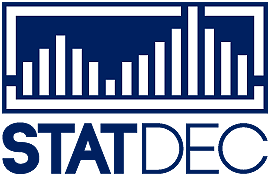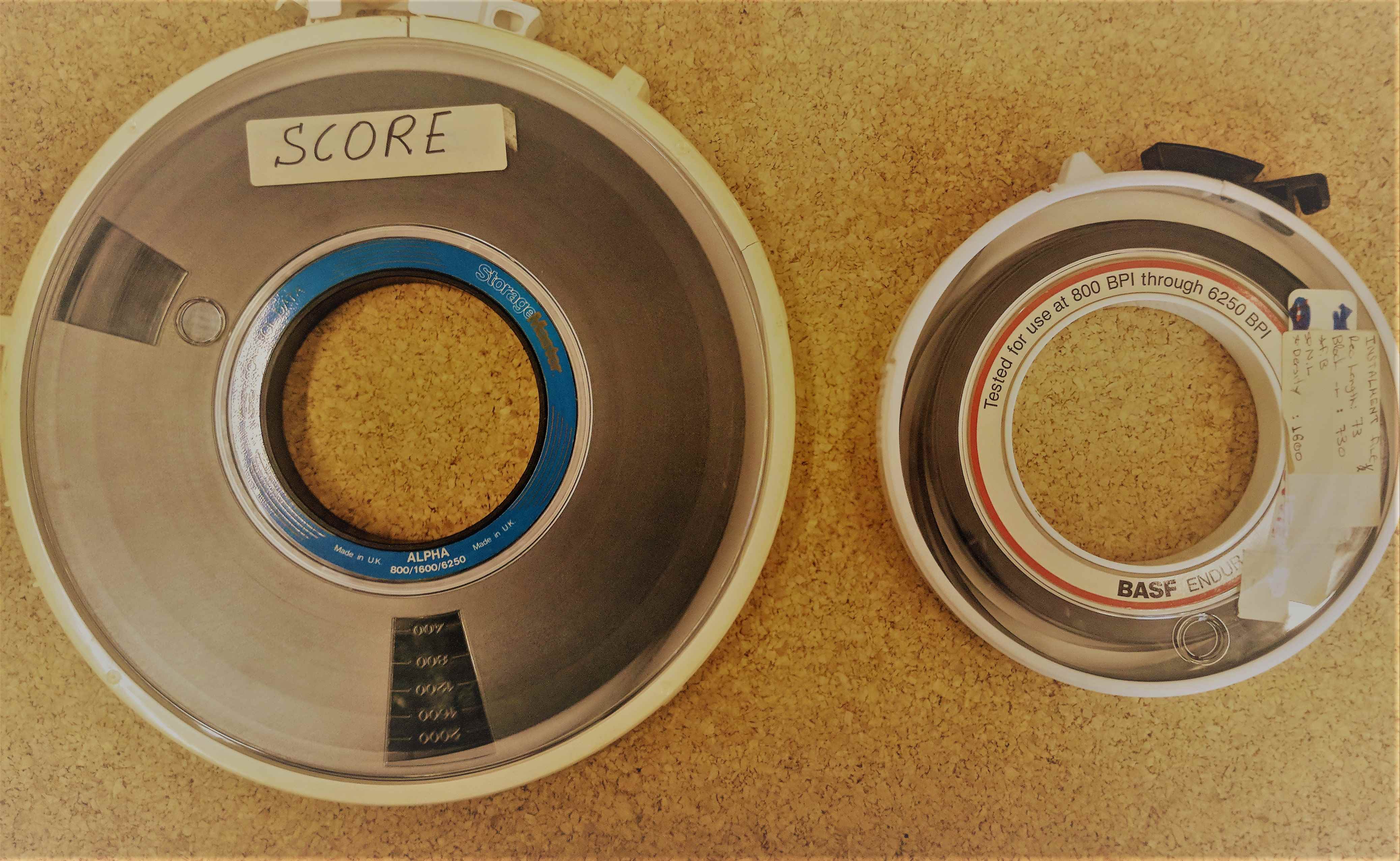Due to their strong predictive power, their many uses and their easy managablility, they are placed at the centre of most financial institution’s decision making functions.
They are used to predict the future bahaviour of a customer based on the information available on the customers' past behaviour. The score itself is a probability of a certain type of behaviour occurring within a fixed time scale. A common example would be a score that predicts the probability of a customer falling ninety days into arrears at some point within the next twelve months. Whilst majority of the scores that we develop are used to predict credit risk in banks, we have developed scores to predict other events, such as attrition and in other sectors, such as telecoms.
Behaviour scores are developed using the information on the account activity of an existing customer. Where customers have more than one account, it is possible to develop an overall customer score using information from all accounts. The key benefit of scoring customers is that it provides the client with an objective numerical prediction of their future behaviour. This can be used to build clear, auditable strategies for making decisions that are easily automated.
These score are used for multiple purposes other than the traditional collections purposes.
- Collections
- Credit Risk Management
- Marketing (Attrition, Response, Cross-Sell, Renewal, Limit Increase)
- Profitability Models & Customer Lifetime Value
- Basel II & Provisioning
- Securitization
The scores are developed by statistically analysing the differences in the characteristics between a group of 'bad' and 'good' existing customers. The 'bad' customers will have behaved in the way that the score is designed to predict and the 'good' customers will not. The result of this analysis is the behaviour
The final score is then validated to determine that the characteristics of the customers used to develop the score are similar to the customers applying to the bank today and it is tested against another sample of known good and bad customers to determine that the score works against these customers. As with all scorecards, it is important to continue to carry out these validation exercises at least annually. It is also important to implement monitoring reports.
The bank, in consultation with ourselves, then set the cut-off score(s). The cut-off score(s) are generally used to drive automated and non-automated actions for the bank (raising/lowering credit limits, determining collection strategy, authorising transactions, etc.)






